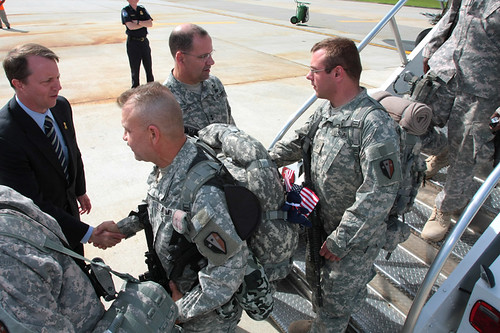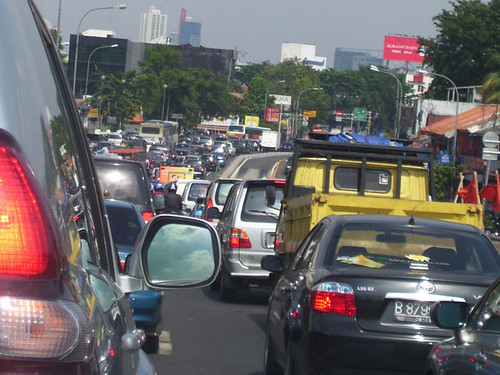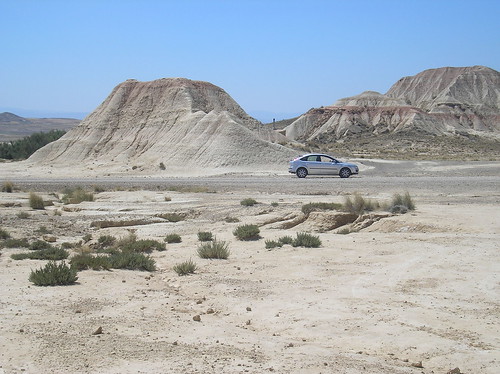7th International Energy Conversion and Engineering Conference (IECEC)
2 – 5 Aug 2009
Colorado Convention Center
Denver, Colorado
The 7th IECEC will explore the future of clean energy systems through a series of panel discussions and technical paper presentations. This year’s hot topics include:
Alternative power systems – such as fuel cell technology and solar system technology
Biofuels, including biodiesel fuels and fuels created from food-waste
Electric power systems which would replace traditional fossil fuel based propulsion systems
Nanotechnlology applications for solar power systems, among many others. There will also be a discussion of future energy policy needs to answer the demand for “green” energy systems.
Featured Sessions:
- Apollo Anniversary Panel (Joint Session with JPC): Gerry Griffin, Glynn Lunney, Frank Van Rensselaer, J.R. Thompson, Harrison “Jack” Schmitt, and Bob Sieck
- Joint IECEC/JPC Session: Electrical Power Extraction from Propulsion Systems, Meeting Increasing Demands: Features experts in propulsion and electrical power generation to discuss the issues and effects of supplying large dynamic electrical loads from air-breathing propulsion systems
- Energy Policies for a Green Future: An overview of the current and upcoming policies and activities in government, industry and academia that will lead to more efficient, less polluting energy systems
- Impact of the USAF/SMC Lithium Ion Battery Standard on Future Spacecraft Batteries: A discussion on the issues and implication of the new lithium ion battery standard
- Joint IECEC/JPC Session: Biofuels for Propulsion and Terrestrial Power Generation: A look into biofuel development as it relates to both propulsion and power generation applications
And Much More!
This event will be co-located with the 45th AIAA/ASME/SAE/ASEE Joint Propulsion Conference and Exhibit
REGISTRATION
Registering in advance can save conference attendees up to $100. A check made payable to AIAA or credit card information must be included with your registration form. Advance registration forms must be received by 06-Jul-2009. Preregistrants may pick up their materials at the advance registration desk.
Click here to learn more about the conference and to register.
—————————————————————————————————————————————————
45th AIAA/ASME/SAE/ASEE Joint Propulsion Conference & Exhibit
2 – 5 Aug 2009
Colorado Convention Center
Denver, Colorado
http://www.aiaa.org/events/jpc
Early Bird Registration Deadline: 6 July 2009
AIAA, ASME, SAE, ASEE, and their industry partners, Lockheed Martin Space Systems Company, Lockheed Martin Aeronautics Company, and Lockheed Martin Missiles and Fire Control, proudly invite you to Denver, Colorado, the Mile High City and Gateway to the Rockies, for the 45th AIAA/ASME/SAE/ASEE Joint Propulsion Conference and Exhibit, 2–5 August 2009.
The 45th JPC will field a strong lineup of keynote addresses, panel discussions, and technical sessions, examining the future of propulsion systems and their ability to meet the demand for “clean aerospace” technology. Highlights of the conference include a panel on the X-51 “Waverider” scramjet aircraft as it prepares for its maiden flight, a review of recent progress in the field of constant volume combustion, an analysis of the future of gas turbine technology, a critical examination of the history of liquid propulsion flight, and a look at the future of hypersonic propulsion systems. Keynote addresses will explore recent innovations in aeronautical and exo-atmospheric propulsion, the future of the Constellation program, and recent innovations in space launch and space propulsion systems.
The design of our next generation flight and space systems will be dependent more than ever on high performance, increasingly efficient, reliable and affordable propulsion systems. Our ability to incorporate new technologies into aircraft and spacecraft will have far reaching impacts to the evolutionary roles these complex systems play in our everyday lives. Our ability to incorporate new technologies into aircraft and spacecraft will have far reaching impacts to the evolutionary roles these complex systems play in our everyday lives. Lockheed Martin Space Systems, Lockheed Martin Aeronautics, and Lockheed Martin Missiles and Fire Control invite you to Denver and be a part of the exciting future of the aerospace propulsion industry.
Featured Speakers for 2009
Apollo Anniversary Panel:
- Gerry Griffin – Lead flight director in Mission Control for three lunar landings during the Apollo program, and was an integral part of the team that helped the astronauts of Apollo 13 safely return to Earth after their oxygen tank exploded on their journey to the moon.
- Glynn Lunney – An employee of NASA since its foundation in 1958, Lunney was a flight director during the Gemini and Apollo programs, and was on duty during historic events such as the Apollo 11 lunar ascent and the pivotal hours of the Apollo 13 crisis.
- Frank Van Rensselaer – Has held various management positions with NASA during a 20-year period culminating at NASA headquarters where he was a charter member of Senior Executive Service, earning two of the three highest NASA awards.
- J.R. Thompson – Was the fifth Director of the NASA Marshall Space Flight Center located in Huntsville, Alabama. He served as Director from September 29, 1986 to July 6, 1989. Thompson also served as NASA’s deputy director from July 6, 1989 to November 8, 1991.
- Harrison “Jack” Schmitt – Played a key role in training Apollo crews to be geologic observers when they were in lunar orbit and competent geologic field workers when they were on the lunar surface. After each of the landing missions, he participated in the examination and evaluation of the returned lunar samples and helped the crews with the scientific aspects of their mission reports.
- Bob Sieck – Joined NASA at the Kennedy Space Center in 1964 as a Gemini Spacecraft Systems engineer. He served as an Apollo Spacecraft test team project engineer, Shuttle Orbiter test team project engineer, and in 1976 was named the Engineering Manager for the Shuttle Approach and Landing tests at Dryden Flight Research Facility in California.
Keynote:Innovation in Aeronautical and Exo-Atmospheric Propulsion :
- Dr. Werner Dahm, USAF Chief Scientist
Keynote:Innovation’s Future-Constellation Initiatives
- Brian Duffy, Lockheed Martin, Vice President Altair Program Manager
Award’s Luncheon Keynote: Innovation in Launch and Space System Propulsion
- Gen. Bob Kehler, USAF Space Command
Why Should You Attend?
Identify and highlight how innovative aerospace propulsion technologies get inserted into both new and evolving systems.
Attend special panel sessions with a focus on advanced system applications that can be used to showcase the propulsion systems, components and technologies that enable them.
REGISTRATION
Registering in advance can save conference attendees up to $100. A check made payable to AIAA or credit card information must be included with your registration form. Advance registration forms must be received by 06-Jul-2009. Preregistrants may pick up their materials at the advance registration desk.
Press Release for JPC: http://intranet.aiaa.org/industryresources/PDF/JPCRelease.pdf
Note seen below is applicable for both conferences:
NASA Conference Restrictions Lifted
NASA participation at technical conferences has been cleared per an April 10 NASA Interim Directive 9312.2. You are invited to read the Acting Administrator’s letter to AIAA. To read the letter, click HERE.












